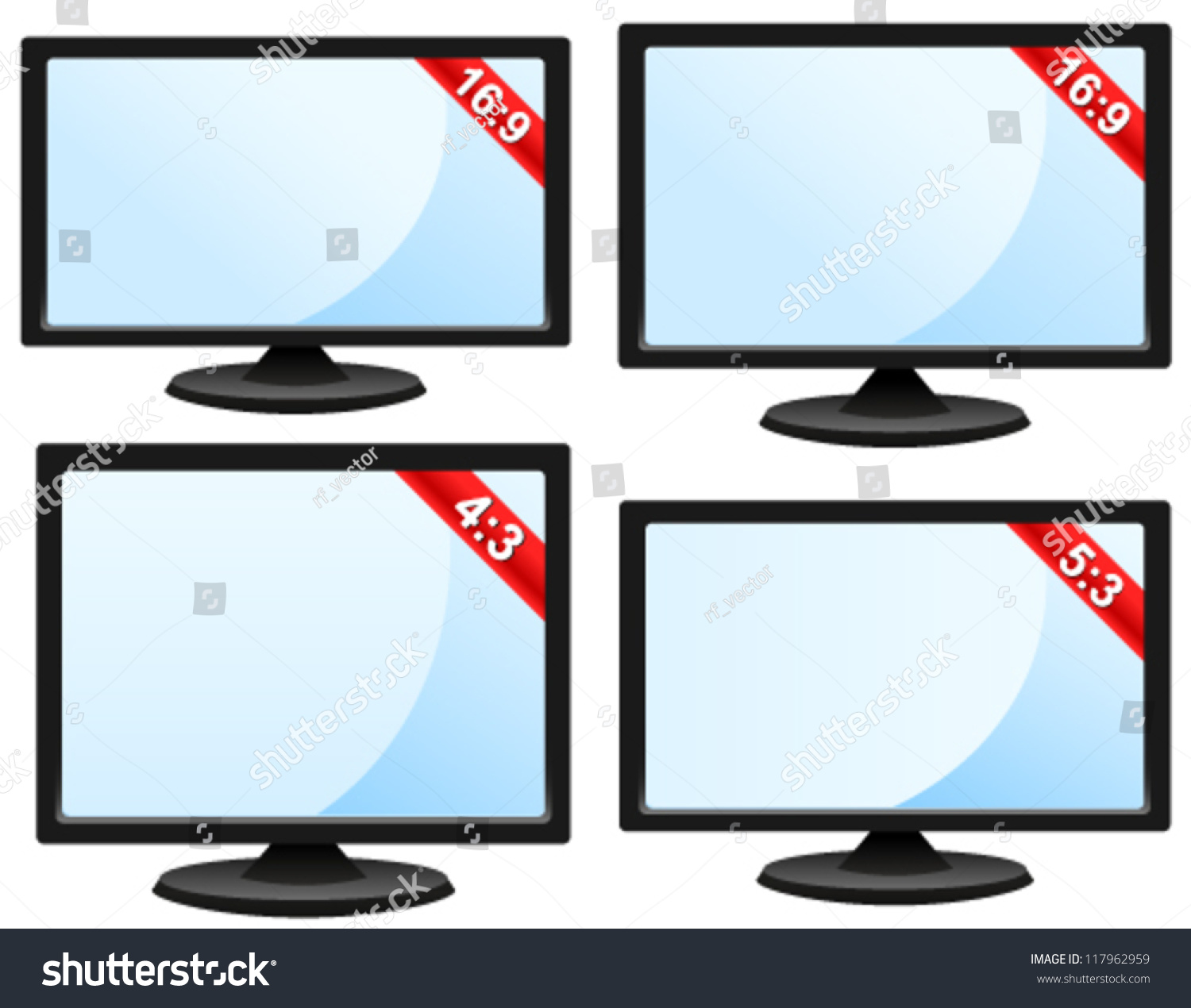Monitors are typically between 15 and 34 inches but monitors between 17 and 30 inches are the most common sizes. They can range from 13 to 43 inches with some going all the way up to 50 inches.
 Standard Monitor Sizes Stock Vector Royalty Free 117962959
Standard Monitor Sizes Stock Vector Royalty Free 117962959
Desktop monitors are available in many sizes.

Standard monitor size. Screen size is measured diagonally. If you have a budget then a bigger size monitor with higher pixels resolutions should always be the best choice for you. Monitor size and recommended screen resolution.
Standard computer monitor sizes include 17 20 24 and 27 inches as of 2015. 1280 x 1024 Super-eXtended Graphics Array SXGA 1366 x 768 High Definition HD 1600 x 900 High Definition Plus HD 1920 x 1080 Full High Definition FHD 1920 x 1200 Wide Ultra Extended Graphics. Measure the screen from bottom left to top right only glass not the case.
The total number of pixels available on the screen. Todays flat panel displays commonly use three variants of the standard. Monitors that stretch 27 inches diagonally are increasingly popular and there are plenty of options beyond 30.
This means that the screen will have a width of 1920 pixels while the height of the screen will be 1080 pixels. Samsung 920NW 19-inch Widescreen LCD Monitor - With sharp 1440x900 resolution and a 1610 widescreen aspect ratio. Laptop monitors usually range from 116 to 17 inches.
Find the Top Standard Monitor Size with the MSN Buying Guides Compare Products and Brands by Quality Popularity and Pricing Updated 2021. Computer monitors come in a variety of standard sizes typically measured in inches ranging from 12 laptop displays all the way up to 30 cinema displays. The Samsung 920NW has a pixel pitch of.
At the very least you should buy a monitor with a Full HD 1920 x 1080 otherwise known as 1080p resolution. In the case of a monitor with an industry-standard Full HD 1080p resolution this display has a resolution of 1920 x 1080. Divide the result by 254 1 inch 254cm.
22 lignes But now this standard is a thing of the past and all new TVs are available in the standard with. Expressed in terms of width and height monitor resolution is comprised of a specific number of pixels. Monitors are typically between 15 and 34 inches but monitors between 17 and 30 inches are the most common sizes.
48 lignes On 2D displays such as computer monitors and TVs the display size is the physical. VESA MIS-D 10075 C compliant displays are equipped with either a 100 x 100 mm or 75 x 75 mm square hole pattern using M4 screws for attachment of the mount to the display. Monitor size and recommended resolution 19-inch standard ratio monitor with 12801024 20-inch standard ratio monitor.
Overall we recommend the following monitor sizeresolution combinations for gaming. Resolution is indicated by how many pixels a monitor displays and it will be one of the following. This means an ultrawide monitor provides you more space as compared to a normal 169.
But some people are still using standard screens which aspect ratios of 149. Anything less than this usually 1600 x 900 or HD 1366 x 768 not only means your picture wont be as clear but also suggests you will. But choosing an Ultrawide monitor will increase the aspect ratio size from 169 to 219.
Dell SP1908FP 19-inch Flat Panel Monitor - 1280x1024 pixels resolution 54 aspect ratio view comparison. The inch size of the monitor and its weight are crucial for the holder. So no matter what size you will choose the Aspect ratio will be the same.
For those who want more than that though there are plenty of sizes to choose from. 4K 25-inch to 29-inch ultrawide. Laptop screen size and recommended resolution 13-inch to 15-inch standard ratio laptop screen with 14001050 13-inch.
1440p or 4K 28-inch to 32-inch and over. A more meaningful measurement however is monitor resolution. If you do not know the inch size you can easily find out.
